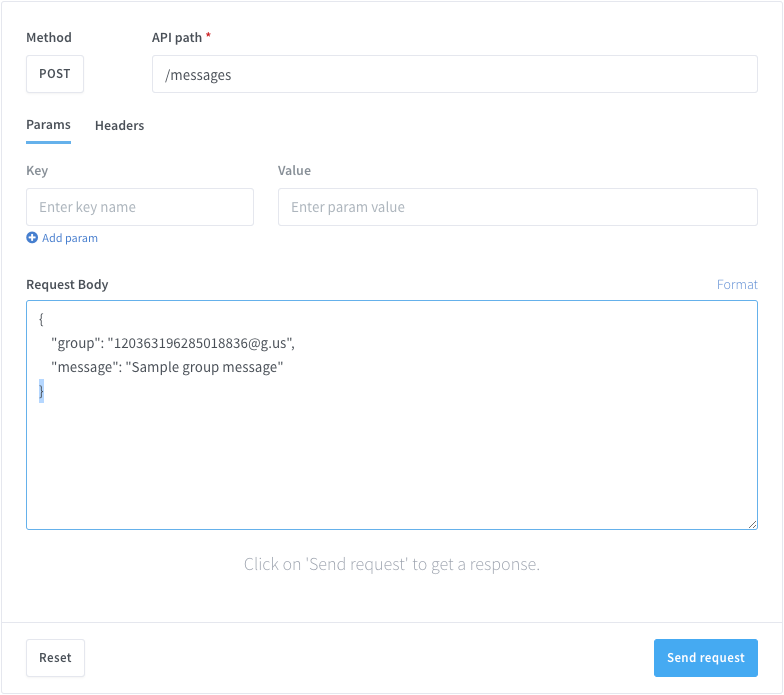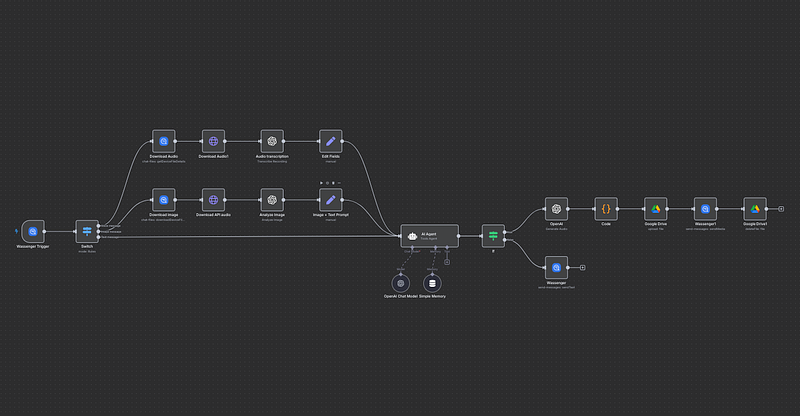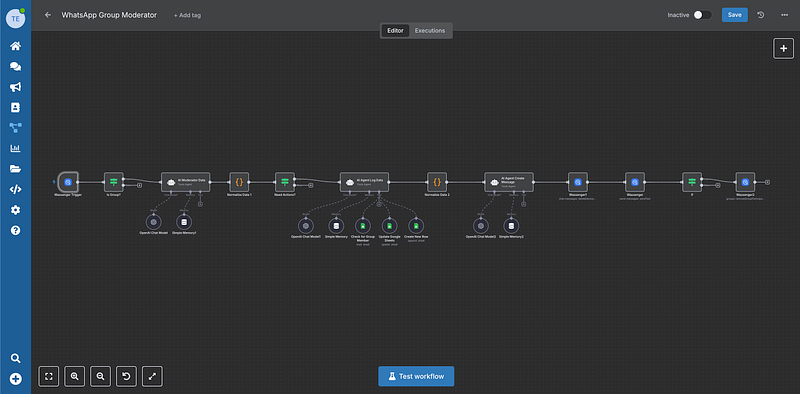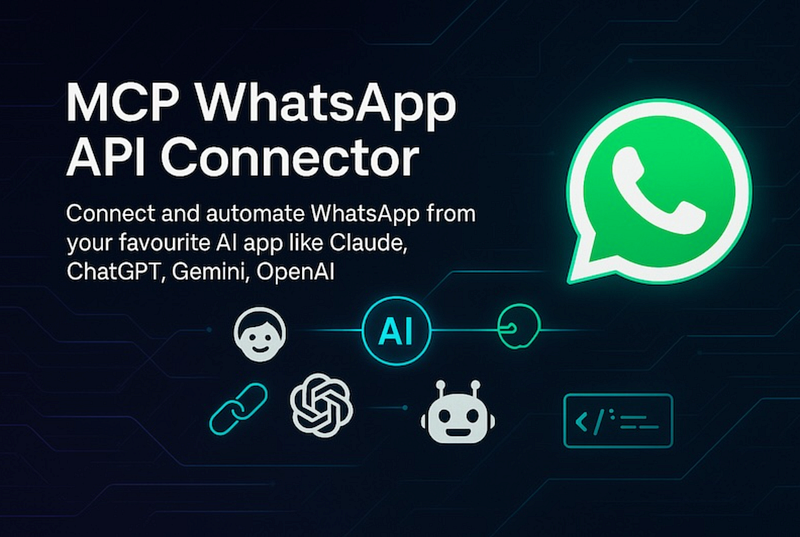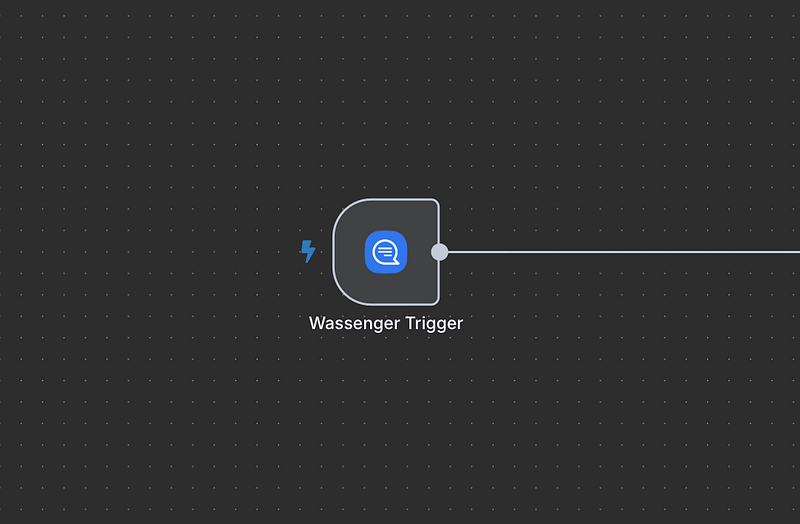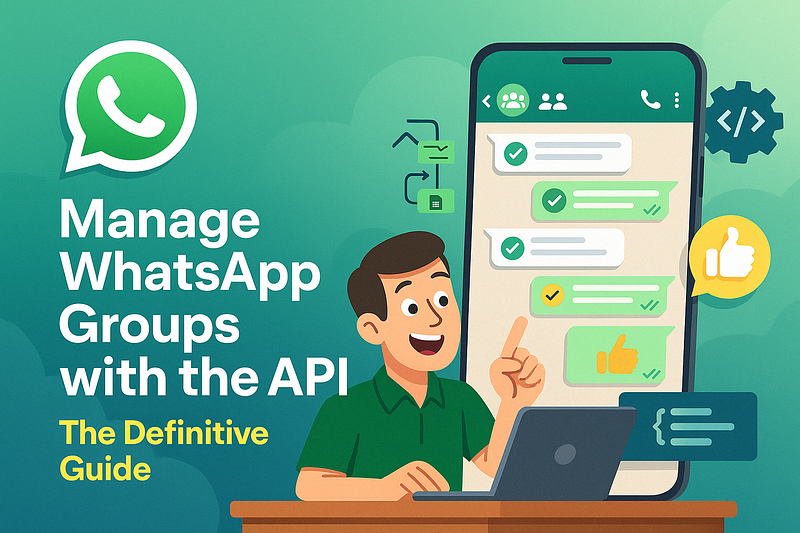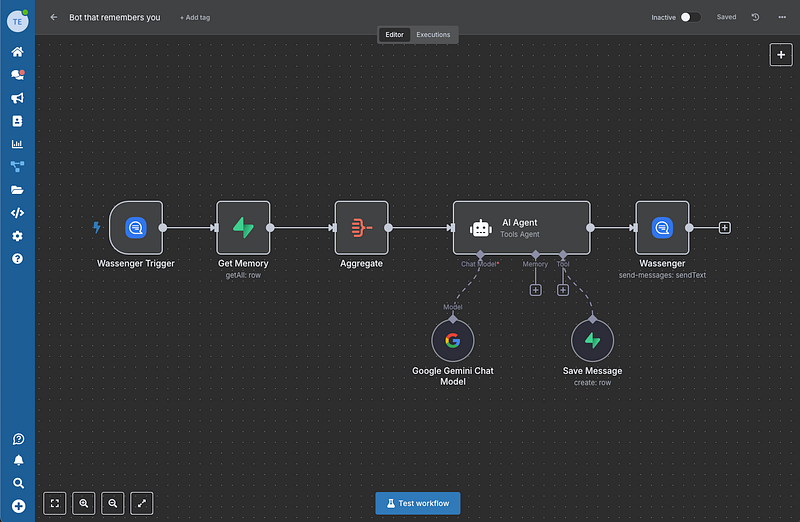This tutorial will teach you how to send messages to WhatsApp groups using the API.
Effective communication is vital for project coordination, community engagement, and responsive customer support. Wassenger enhances this process by providing seamless management and interaction tools within WhatsApp groups. With its intuitive API and automation features, sharing messages, videos, images, documents, and voice memos becomes simple and efficient.
In this guide, we’ll explore how to use Python to send messages to WhatsApp groups, improving your communication and collaboration efforts.
Key Benefits:
- Automate WhatsApp Messages: Save time by automating your WhatsApp communications.
- Better Customer Engagement: Send personalized messages that connect with your customers.
- Cost-Effective Marketing: Lower your costs while boosting your marketing effectiveness.
- Easy Integration: Integrate the Wassenger API with Java smoothly and easily.
🤩 🤖 Wassenger is a complete communication platform and API solution for WhatsApp. Explore more than 100+ API use cases and automate anything on WhatsApp by signing up for a free trial and get started in minutes**!**
If you need to send messages from code, you can use any programming language to perform HTTPS API requests. Below is the live API tester with ready-to-use code examples in various programming languages.
Requirements
- Have a WhatsApp number already linked to the platform and online.
- Group WhatsApp ID (WID) that you can find in two ways:
How to obtain the Group WhatsApp ID
You can obtain the Group WhatsApp ID by using one of these methods:
- Web: go to number’s settings > Groups > Copy the Group WID.
- API: query the available groups in your number using this endpoint.
API endpoint
We will use the following API endpoint to send messages to a group:
🖥️ Looking for a code example? Go to the API live tester and get ready-to-use code examples in 15+ programming languages, including Python, JavaScript, PHP, C#, Java, Ruby, Go, Powershell, cURL and more.
Send automated messages with Python
- Install
requests: Make sure you have therequestslibrary installed (pip install requests). - Set up the request: Create the payload and headers.
- Send the request: Use the
requestslibrary to send and handle the response.
# Examples requires to have installed requests Python package.
# Install it by running: pip install requests
import requests
url = "https://api.wassenger.com/v1/messages"
payload = {
"group": "12036302981363@g.us",
"message": "Sample group message"
}
headers = {
"Content-Type": "application/json",
"Token": "API_TOKEN_GOES_HERE"
}
response = requests.post(url, json=payload, headers=headers)
print(response.json())
- Setup: The
url,payload, andheadersvariables are defined with the necessary values. - Sending the Request: The
requests.postmethod sends the POST request to the specified URL with the JSON payload and headers. - Error Handling: The
response.raise_for_statusmethod raises an exception for HTTP errors, which are caught and displayed. This ensures that any issues with the request (such as incorrect API keys or malformed payloads) are reported.
🤩 🤖 Wassenger is a complete API solution for WhatsApp. Sign up for a 7-day free trial and get started in minutes!
More examples for group messages with Python
For full samples, visit our API Live Tester
Send images to a group chat with Python
# Examples requires to have installed requests Python package.
# Install it by running: pip install requests
import requests
url = "https://api.wassenger.com/v1/messages"
payload = {
"group": "12036302981363@g.us",
"message": "This is a caption for an image message",
"media": {
"url": "https://picsum.photos/seed/picsum/600/400",
"viewOnce": False
}
}
headers = {
"Content-Type": "application/json",
"Token": "API_TOKEN_GOES_HERE"
}
response = requests.post(url, json=payload, headers=headers)
print(response.json())
Send audio to a group chat with Python
# Examples requires to have installed requests Python package.
# Install it by running: pip install requests
import requests
url = "https://api.wassenger.com/v1/messages"
payload = {
"group": "12036302981363@g.us",
"media": {
"url": "https://download.samplelib.com/mp3/sample-9s.mp3",
"format": "ptt"
}
}
headers = {
"Content-Type": "application/json",
"Token": "API_TOKEN_GOES_HERE"
}
response = requests.post(url, json=payload, headers=headers)
print(response.json())
Send a video to a group chat with Python
# Examples requires to have installed requests Python package.
# Install it by running: pip install requests
import requests
url = "https://api.wassenger.com/v1/messages"
payload = {
"group": "120363029813632@g.us",
"message": "This is a caption for a video message",
"media": {
"url": "https://download.samplelib.com/mp4/sample-5s.mp4",
"viewOnce": False
}
}
headers = {
"Content-Type": "application/json",
"Token": "API_TOKEN_GOES_HERE"
}
response = requests.post(url, json=payload, headers=headers)
print(response.json())
Send a document to a group chat with Python
# Examples requires to have installed requests Python package.
# Install it by running: pip install requests
import requests
url = "https://api.wassenger.com/v1/messages"
payload = {
"group": "120363029813632@g.us",
"message": "This is a caption for a video message",
"media": {
"url": "https://www.africau.edu/images/default/sample.pdf",
"expiration": "30d"
}
}
headers = {
"Content-Type": "application/json",
"Token": "API_TOKEN_GOES_HERE"
}
response = requests.post(url, json=payload, headers=headers)
print(response.json())
Live API testing
You can live-test and play with the API directly from your browser.
Once you are done testing, get the auto-generated code example in your preferred programming language and you will be ready to go.
FAQ
How to send messages to multiple phone numbers
You just have to send multiple API requests, one per target phone number.
For instance, if you want to send a message to 10 phone numbers, you should send 10 independent HTTPS requests to the API.
There is no option to send multiple messages in a single API request.
How to validate if a phone number can receive WhatsApp messages
You can validate if a given phone number is linked to a WhatsApp account and can receive messages.
The API provides an endpoint that can validate whether a given phone number exists in WhatsApp or not.
The only requirement is to have at least one WhatsApp number connected to the platform in your current account.
For more details, please check out the API endpoint documentation here.
Before you check if a phone number exists on WhatsApp, you can also validate and normalize the format of a list of phone numbers by using the numbers validator API endpoint. This endpoint only validates the correct E164 format, but it does not check whether the phone number effectively exists on WhatsApp.
Note: The number of WhatsApp check validations is limited per month based on your subscription plan. Please check out the pricing table for more details about the limits.
Looking for more answers? Check out the extended FAQs.
Further useful resources
API Documentation
For more details about the endpoint API, please check the documentation where you will find all the details about the accepted request params, possible success or error responses and ready-to-use code examples in multiple programming languages:
https://app.wassenger.com/docs/#tag/Messages/operation/createMessage

